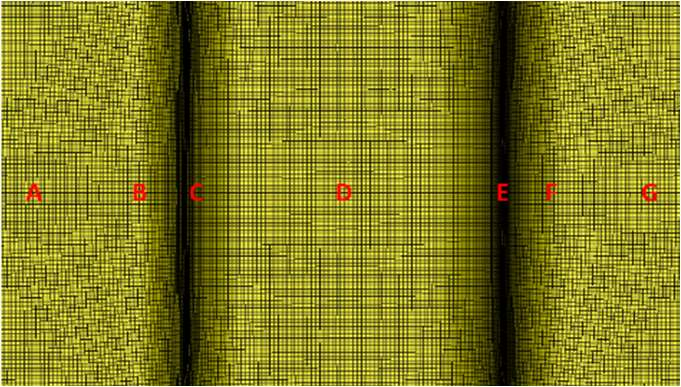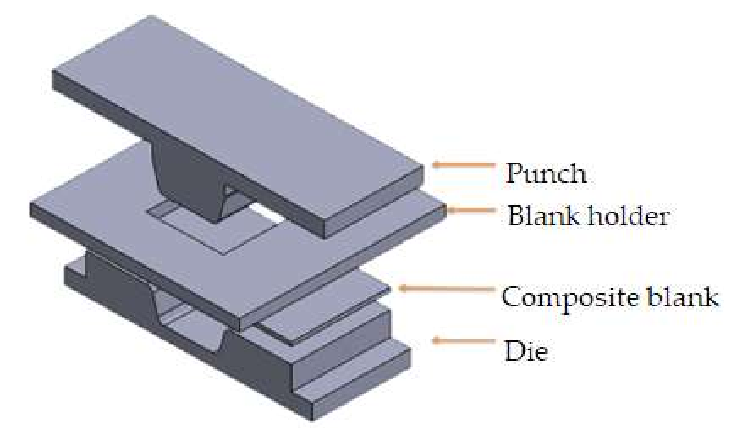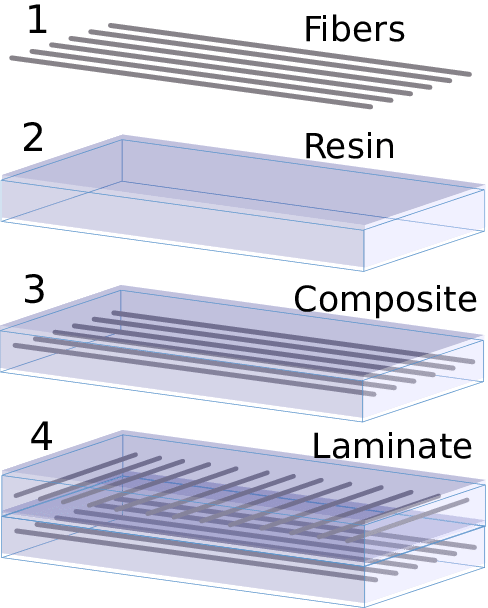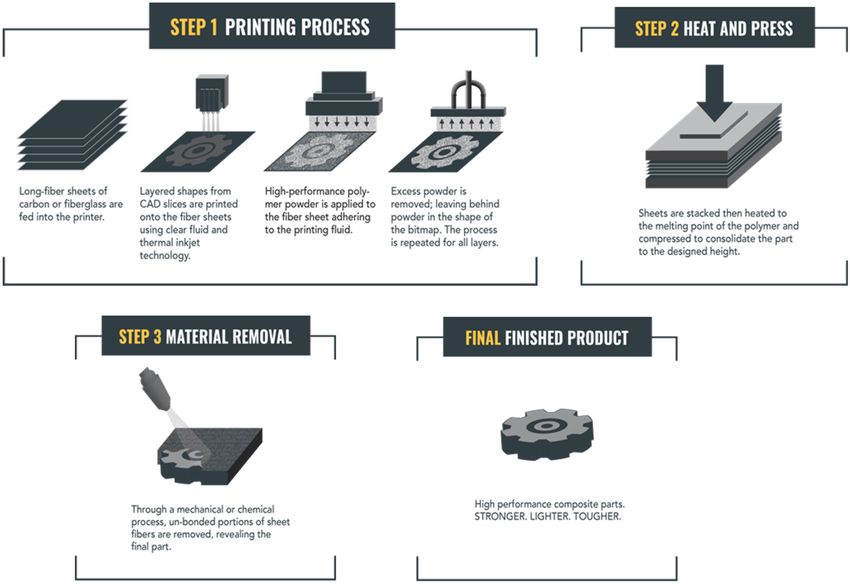The Role of Carbon Fiber Composite Materials in Modern Rail Transportation
On September 10, 2024, the first batch of six carbon fiber composite heavy-load railway freight cars rolled off the production line, showcasing cutting-edge lightweight and smart designs. This significant milestone marks a breakthrough in the use of carbon fiber composite materials for heavy-load railway mobile equipment.
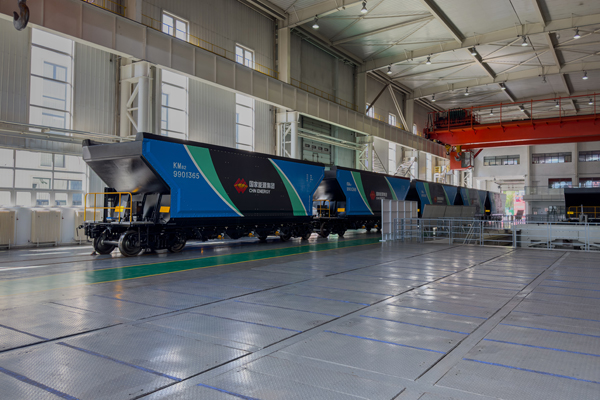
Jointly developed by the China Energy Group’s Railway Equipment Company, the Beijing Low-Carbon Clean Energy Research Institute, and CRRC Qiqihar Rolling Stock Co., Ltd., these railway freight cars not only represent a leap forward in the application of new materials but also contribute to green, low-carbon rail transportation solutions.
Lightweight and Intelligent Design for Energy Efficiency
Under the guidance of national strategies like “Strengthening Transportation” and “Dual Carbon,” there is a growing demand for the green transformation of the transportation sector. The China Energy Group, managing over 57,000 railway freight cars, plays a key role in transitioning toward energy-efficient, lightweight solutions for large-scale freight operations, particularly in coal transport.
The new carbon fiber composite railway freight cars are a significant advancement in lightweight, high-strength, and low-energy solutions. These cars are a direct result of integrating compression molding technology and advanced composite materials, setting new benchmarks for efficiency and sustainability.
Advantages of Carbon Fiber Composite Materials
1. Higher Strength-to-Weight Ratio
Compared to traditional materials, carbon fiber composites offer a strength-to-weight ratio 3-5 times higher than aluminum alloys, making them ideal for heavy-load railway freight cars. This higher ratio allows for reduced vehicle weight without compromising structural integrity.
2. Reduced Weight for Increased Efficiency
The carbon fiber composite body reduces the weight of the railway freight cars by more than 20% compared to similar aluminum vehicles. This significant weight reduction, with a self-weight coefficient as low as 0.22, allows for greater load capacity and improves overall transportation efficiency.
3. Enhanced Durability and Environmental Resistance
Carbon fiber composites also exhibit superior resistance to harsh environmental conditions, making these materials more durable than traditional metals. This durability is essential for long-term operation and minimal maintenance, ensuring that these railway freight cars can withstand extreme conditions over their lifespan.
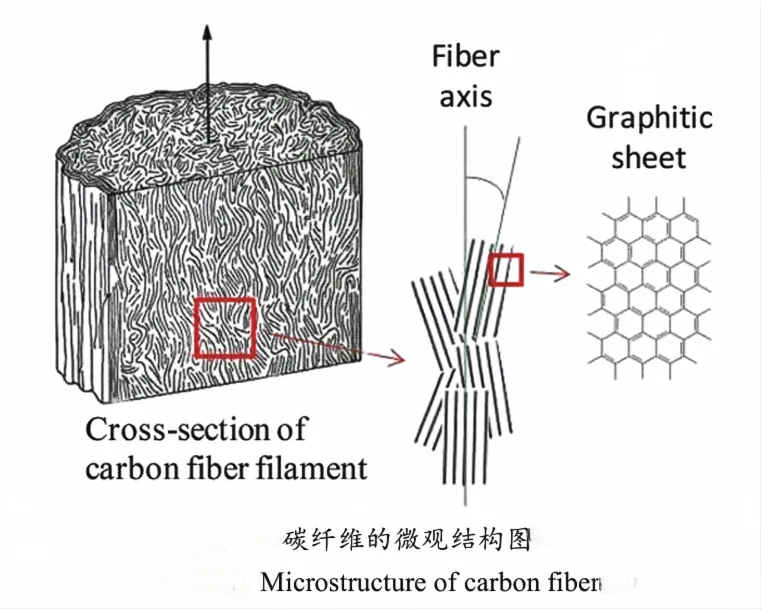
Technological Innovations in Heavy-Load Freight Cars
1. Optimized Bogies and Air Brake Systems
The new cars are equipped with optimized K6-type bogies, which enhance load distribution and stability. Integrated air brake systems ensure efficient braking, further improving the cars’ safety and control.
2. Smart Monitoring Systems for Real-Time Data Collection
These freight cars incorporate smart monitoring systems powered by IoT, big data, and cloud computing, enabling real-time data collection on the performance of the cars. This system improves predictive maintenance and helps optimize energy consumption, contributing to greener transportation solutions.
Compression Molding: A Key Manufacturing Technique
The use of compression molding for carbon fiber composite materials has been instrumental in the development of these new railway freight cars. Compression molding allows for the efficient production of large, complex parts with precision, making it ideal for large-scale components such as the car bodies.
Advantages of Compression Molding for Carbon Fiber Components
- High precision and consistency in part production.
- Efficient manufacturing of large parts in a single operation.
- Minimized material waste, especially important with high-cost materials like carbon fiber.
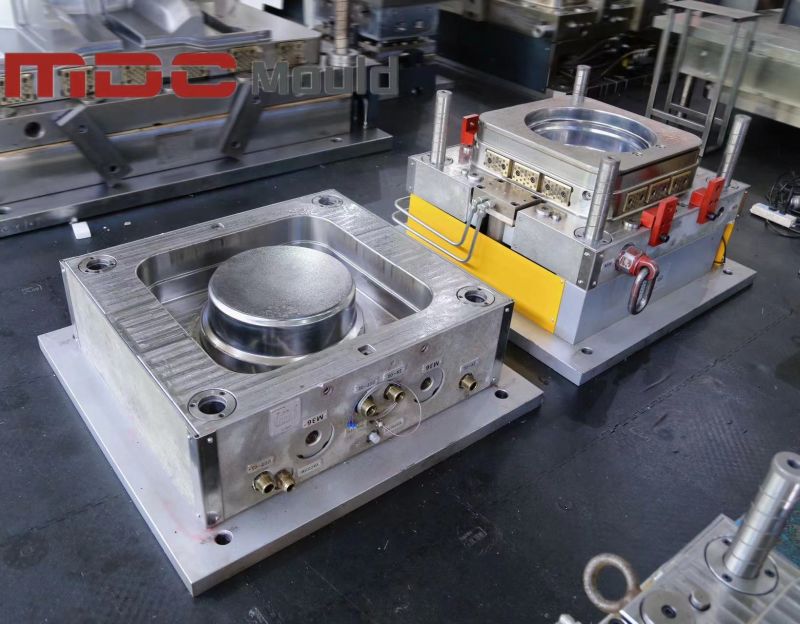
Conclusion: Pioneering the Future of Green Rail Transport
The successful development of carbon fiber composite heavy-load railway freight cars signals a major step forward in the future of rail transportation. With the combined benefits of lightweight design, improved durability, and cutting-edge technologies like smart monitoring systems, these cars offer revolutionary advantages for green, low-carbon transport.
As global transportation continues to evolve, the integration of composite materials and compression molding technology will remain pivotal in shaping the next generation of heavy-load railway freight equipment.
